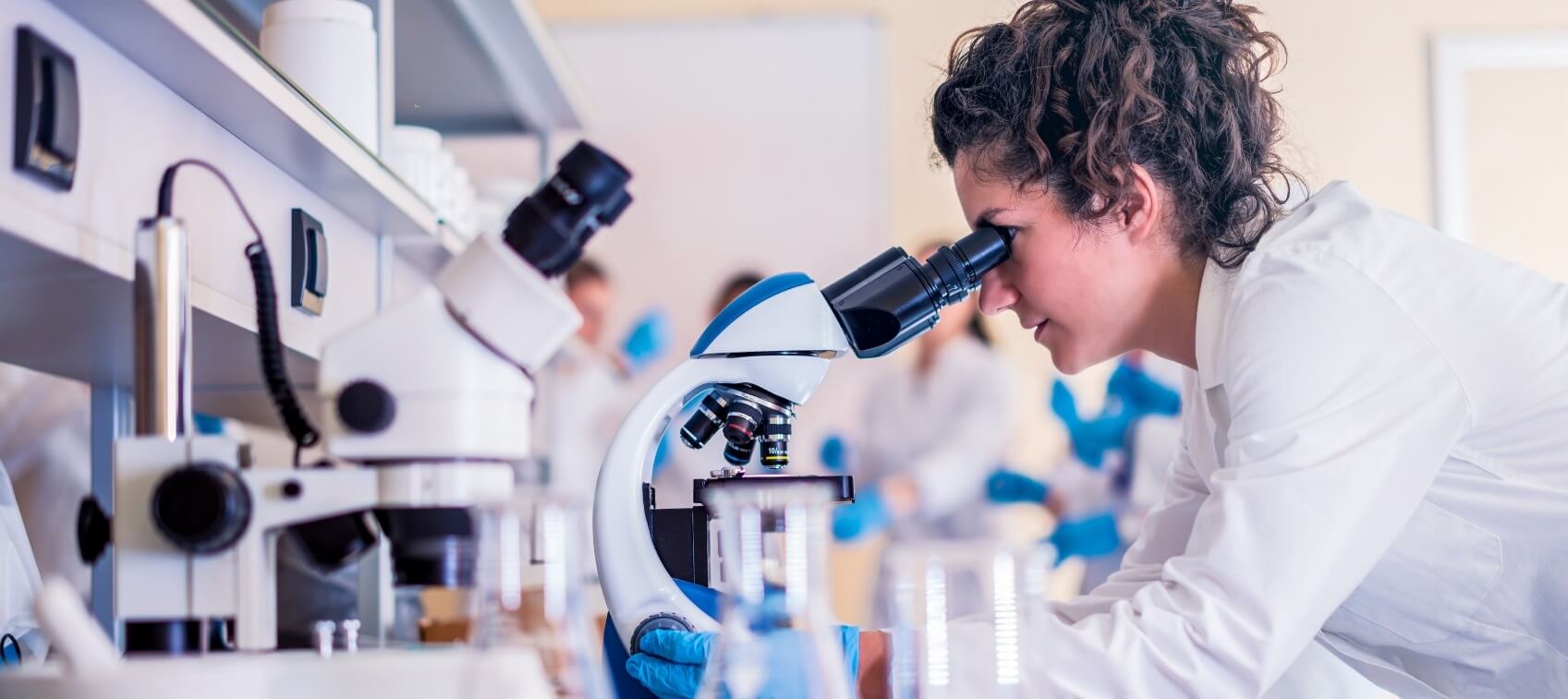
In 1964, Bob Dylan released an album and song titled “The Times They Are a-Changin’.” Fast forward to 2020, and times have certainly changed now that human feces are being used as legitimate medicine.
As odd and gross as this may sound, fecal content (poop) can be collected from a donor, properly processed, and then administered to another person to help re-establish diversity of the gut microbiota—the good bacteria that keep you healthy.
This process is known as fecal microbial transplantation (FMT) and it’s quickly gaining momentum in conventional and alternative medicine communities.
A Little History on Fecal Transplants
The idea of infusing stool from a healthy donor into someone else’s body to treat an imbalance in gut flora has been around for centuries. In China during the 4th century, human fecal material (also known as “yellow soup”) was given to people with severe diarrhea and food poisoning.
Then, in 1958 in the USA the first modern description of stool transplants appeared in the Journal of Surgery as a procedure to help treat pseudomembranous enterocolitis—inflammation of the large intestine due to an overgrowth of Clostridium difficile bacteria.
Clostridium difficile (often called C. diff for short) can cause rampant diarrhea. It’s a nasty infection to treat and can even result in death. According to CDC data from 2011, nearly 500,000 people suffer from an overgrowth of Clostridium difficile in any given year, and 15,000 people consequently die from the infection.
Fecal Transplants Are Highly Effective Against C. diff
Studies have shown that treating Clostridium difficile with a fecal microbial transplant can achieve upwards of a 92% success rate. This is extremely significant since long-term antibiotic therapy has a success rate of just 20-30%.
This treatment is so successful that in 2013 the FDA approved fecal transplants for recurrent and refractory C. Diff. Yet, it can’t be administered until it’s proven that an antibiotic has failed. That’s because fecal microbial transplant isn’t an FDA-approved first-line treatment for Clostridium difficile.
Despite this restriction, I believe this represents a monumental change in medicine whereby a substance, albeit one associated with a high yuck factor, extracted from a human body can now be used to treat an infection in another person.
Other Benefits of Fecal Microbial Transplants
I suspect we’ll be hearing a lot more about fecal microbial transplants in the next few years. It is being explored, but not yet FDA-approved, to treat:
- Irritable bowel disease, like ulcerative colitis or Crohn’s disease
- Autoimmune diseases
- Metabolic disorders
- Allergic-type conditions (think food allergies)
Researchers are also looking into whether fecal microbial transplants can help fatty liver disease, irritable bowel syndrome (IBS), neurological diseases, hepatic encephalopathy, and autism.
How a Fecal Microbial Transplant Works
Now, you may be wondering how stool is transferred from a donor into another person. First, stool is collected from a healthy donor, requiring rigorous screening including history-taking, questionnaires, testing the stool for bacteria, parasites, or other pathogenic organisms, and blood tests for infectious diseases like HIV.
Then, the stool is prepared into a slurry by blending it with sodium chloride and further processed into either a fresh or frozen specimen, both of which offer equal benefits.
The most common way to administer a fecal microbial transplant is through a colonoscopy where a hollow tube with a camera slowly releases the stool mixture along the intestinal wall.
Patients can also be given an enema, but enemas don’t reach the ascending colon as effectively as colonoscopies, so multiple infusions are generally required. Fecal microbial transplants can also be administered through an enteral route using capsules for oral ingestion, endoscopy, or a nasoenteric tube.
Sometimes, one infusion is all that’s needed to cure someone of Clostridium difficile. In other cases, multiple infusions are needed.
Possible Side Effects
Fecal microbial transplants are generally very safe and well-tolerated, but side effects do occur and complications from the procedure (bleeding from an endoscopy or perforation during a colonoscopy) can happen.
Side effects, while rare, can include these temporary symptoms:
- Diarrhea
- Constipation
- Abdominal bloating
- Abdominal discomfort
- Low-grade fever
- Nausea
How to Get a Fecal Microbial Transplant
If you are curious about how to obtain a fecal transplant, I highly recommend taking a look at the website for a nonprofit stool bank called OpenBiome. This organization provides stool preparations to clinicians and is heavily involved in the research supporting fecal microbial transplantation.
Remember, though, that the FDA classifies fecal microbial transplantation as an “investigational drug” to treat Clostridium difficile and has not been approved to treat any other condition listed above.
More research is needed before this procedure goes mainstream and is offered by your doctor. I am hopeful, though, that over time fecal microbial transplants will become more popular as more research supports their utility and safety.
Resources:
- https://www.openbiome.org/patient-faqs
- https://www.ncbi.nlm.nih.gov/pmc/articles/PMC6453848/
- https://www.ncbi.nlm.nih.gov/pubmed/13592638
- https://www.sciencedirect.com/science/article/pii/S0929664618305552?via%3Dihub
- https://www.ncbi.nlm.nih.gov/pmc/articles/PMC6423689/
- http://www.childrenshospital.org/conditions-and-treatments/treatments/fmt
- https://www.cdc.gov/cdiff/what-is.html


